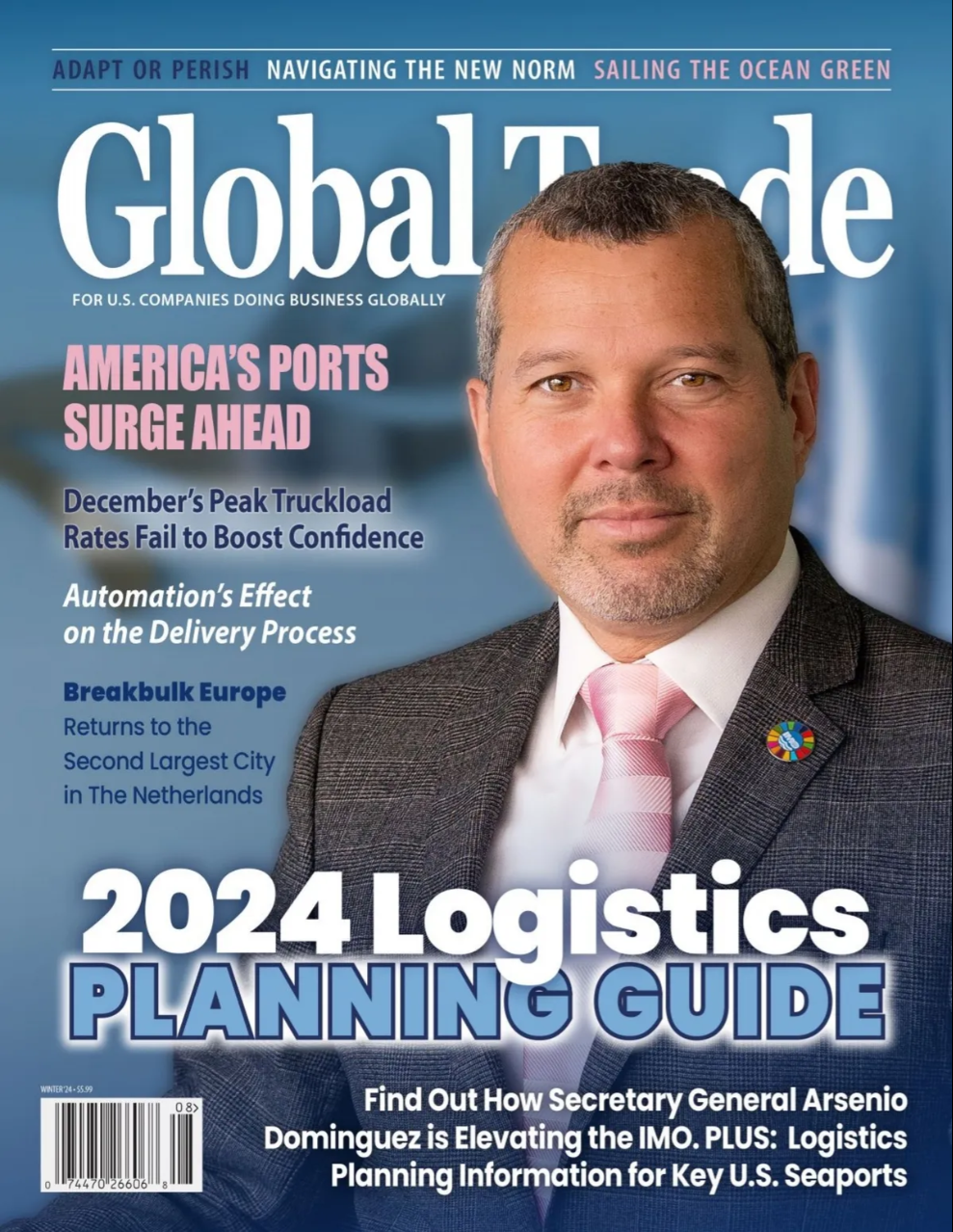The Port of Los Angeles has completed the construction of its $65 million Everport Container Terminal Improvement Project.
The scheme looked to improve Everport’s container handling efficiency and capacity, while also allowing it to accommodate the projected fleet mix of larger vessels anticipated to call at the terminal over the next two decades.
The deployment of these larger vessels encourages fewer ship calls, further reducing air emissions. This directly supports the port’s Clean Air Action Plan goals.
“The completion of this project marks years of planning and perseverance through a challenging pandemic and unprecedented cargo surge,” said Port of Los Angeles Deputy Executive Director of Development Tony Gioiello.
“Thanks to our partners, we have completed a critical step in our efficiency goals, ensuring the Everport Terminal’s readiness to receive the next generation of container vessels.”
The Los Angeles Board of Harbor Commissioners approved the project in 2017. Construction began in 2019 and included:
- Berth deepening
- Mooring bollard and berthing fender upgrades
- Construction of an additional 1.5 acres of backland
- Electrical improvements for five new Alternative Maritime Power connections
- Electrical infrastructure for three additional container cranes
- Charging equipment for clean-energy and electric trucks
Dredging increased water depth to -53 feet alongside Berths 266-229 and -47 feet alongside Berths 230-232 to accommodate ships loaded with up to 16,000 TEU.
Back in June 2021, the Port of Los Angeles announced its budget for capital improvements projects increased by 42.5 per cent year-on-year after the Los Angeles Board of Harbor Commissioners approved a $1.7 billion Fiscal Year annual budget.
Under this budget, $13 million was set aside for Everport Container Terminal improvements.








